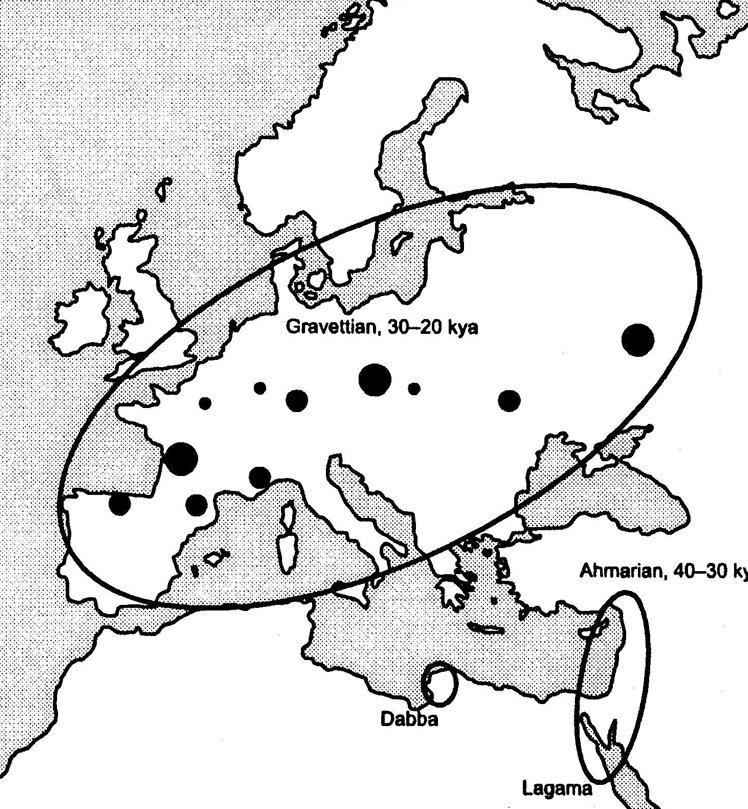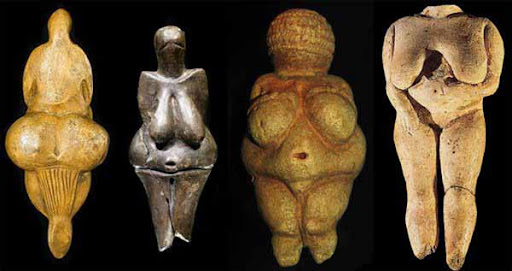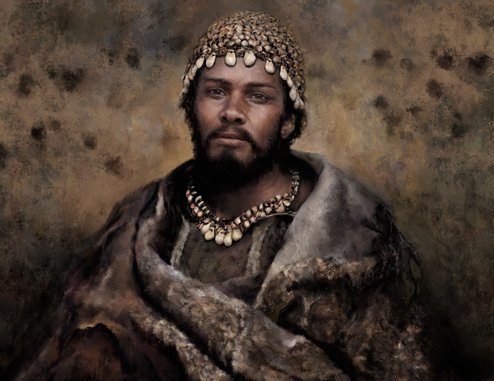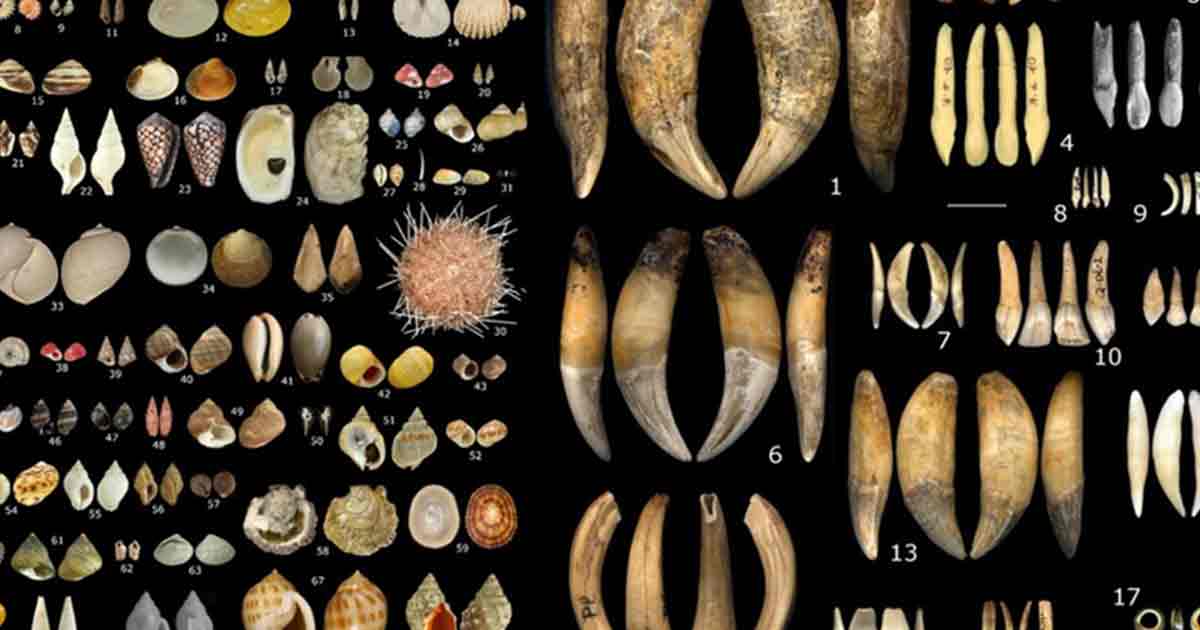Back around one hundred years ago it was thought that the story of civilization could basically be told in approximately a linear fashion. Agriculture in the eastern Mediterranean gave rise to the cities of Mesopotamia and Egypt. Civilization then moved westward to first Greece, then Rome leading finally to Germany, France and Britain. There were a few outliers of course, mysterious cultures in China or Meso-America but really the main thrust of human progress was westward across the top of the Mediterranean basin.

Today we know better. Hundreds of discoveries from excavations around the world have shown us that as long ago as 30,000 years or even earlier, wherever human beings settled they began to develop distinct cultures. In today’s post I’ll be discussing two examples of this, one is the discovery of an entirely new and unknown civilization that flourished in the Amazon jungle some 2,000 years ago but I’ll begin with a study showing that long before the classical Greek period there already were distinct and sophisticated cultures in Europe.

The people who lived in Europe during the Ice Ages are often depicted as ‘Cave Men’, Neanderthals, barely surviving in a harsh environment with nothing but stone tools and wooden clubs. However by around 34,000 years ago the Neanderthals were gone and the Homo sapiens who replaced them were entering the Neolithic or New Stone Age, a period of increased material culture.

The people in Europe at that time have been given the name Gravettian culture and who lived right across Europe from the steppes of Russia to the Iberian Peninsula. The British Isles and Scandinavia were covered in Ice at this time so it’s not thought that the Gravettians ever settled there. Although these people remained hunter gatherers they also began making their clothes, needles for sewing have been found at their sites, carved small human figurines, know as Venuses because they were mostly large-breasted female figures, and they made extensive use of jewelry. By the way, we have no idea what these people called themselves, the name Gravettian comes from the name of the ‘Type Site’ in France at Le Gravette against which the other 133 known Gravettian sites are compared.


Because their tools, artwork and jewelry were roughly similar it was thought that the Gravettians represented a single, widespread culture. Minor differences were thought to be due to local conditions. The people living near a seashore for example might make greater use of seashells while those living in the interior would make greater use of animal bones and teeth. Still, on the whole the Gravettians were a single culture.

That view has now been brought into serious question by a new study published in the journal Nature Human Behavior by doctoral student Jack Baker at the University of Bordeaux. What Baker did was to survey all of the literature concerning Gravettian sites dating back to the mid-1800s. He then classified the thousands of beads detailed in those papers that were used in jewelry into 13 types based upon what material they were made from, clam shell or snail shell, deer tooth or fox tooth, along with other design elements.

He then examined the classification patterns that he found at the different Gravettian sites, compared them to neighboring sites and discovered that, judging by their jewelry the Gravettians possessed nine distinct cultures. Baker theorizes that the differences in jewelry may have allowed different Gravettian ‘clans’ to recognize ‘friend from foe’ although he also thinks that at the borders between cultures a sharing of jewelry may have taken place. All of which shows that, even in Europe there was a lot more to building civilization that we ever thought.

The second discovery relates to the civilizations of Meso-America, extending and highlighting the uniqueness of those cultures when compared to the western Greco-Roman world. It also enhances our understanding of the pre-Colombian civilizations that inhabited the Amazon River basin, cultures whose very existence were unknown just thirty years ago. Since then however considerable evidence of several complex societies has been discovered from Bolivia through to the mouth of the Amazon, societies that date back as much as 1,500 years. (See my Post of 4 April 2018)

The new discovery, announced in the journal Science not only extends the size of the Amazon culture into the eastern portion of the country of Ecuador but it also extends it back in time to at least 2,500 years ago based the excavations carried out so far. As with many of the latest archaeological discoveries the finds in Ecuador’s Upano valley were first uncovered by an airborne survey of the region using LiDAR, the laser version of radar.

What the survey revealed was over 6,000 platform like earthen mounds averaging 20m by 10m and 2-3m in height and the platforms were normally arranged in groups of 3-6. Lead researcher Professor Stephen Rostain of the National Centre for Scientific Research in France theorizes that each platform could serve like a yard for a single family dwelling although some platforms were large enough for extended family to live there, or even contain communal or ritual structures. These groups of platforms were then connected by a series of extremely straight roads, so straight, considering the hilly terrain that Professor Rostain thinks there must have been some reason, perhaps religious, for making them so straight.

So far only a few of the platforms have been excavated so we can only estimate that the Upano valley civilization began around 2,500 years ago and lasted just about 1,000 years. With 6,000 platforms remaining unexamined there’s a lot to be learned, and a lot of work to be done.

The more archaeologists discover about the many civilizations spread around the world the more it becomes obvious that building civilizations is not confined to any particular region of ethnic group. It’s just something human beings do.
